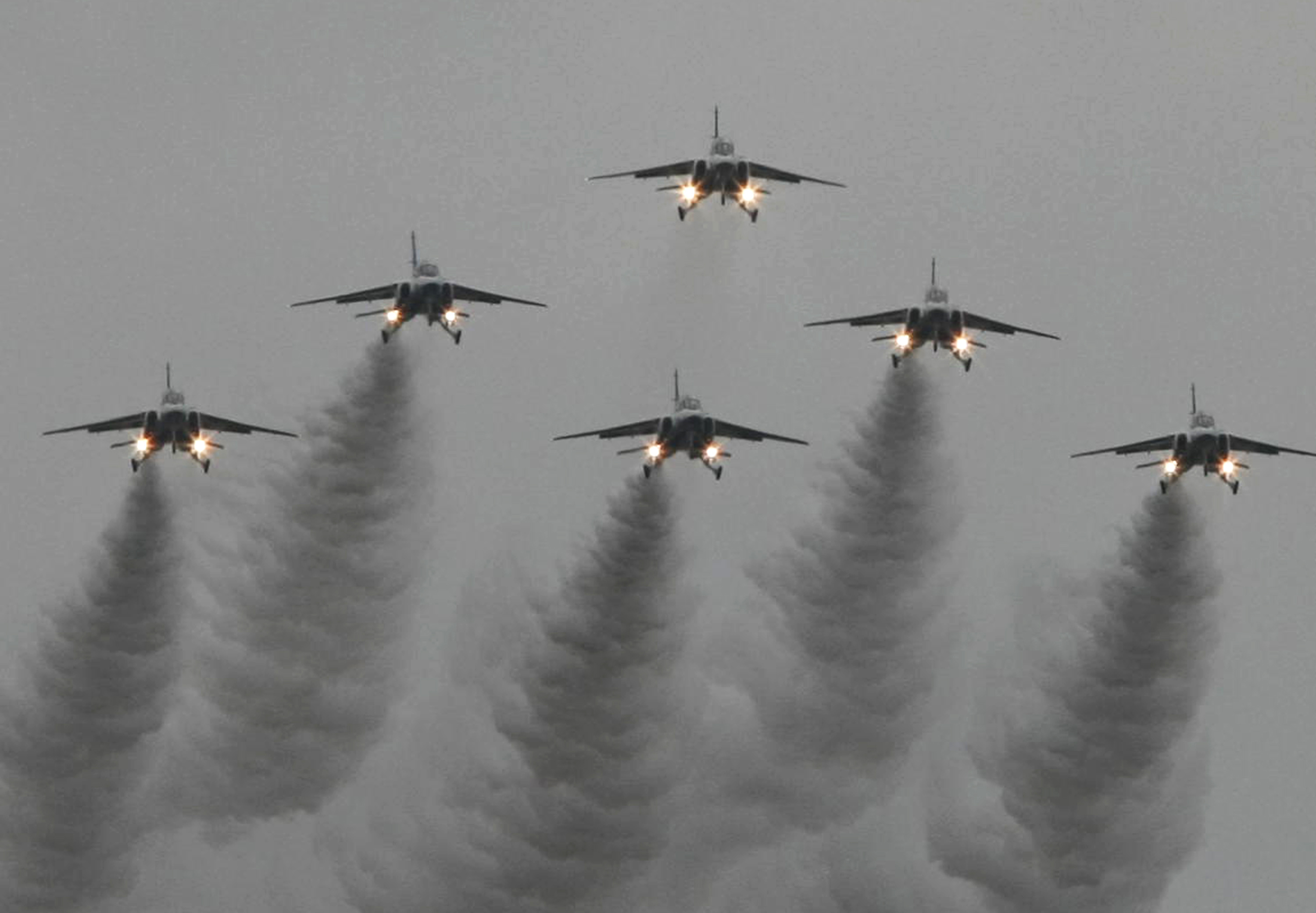Fighter pilot Jun Fukuda sits edgily on the couch in his flight suit, waiting for the call that sends him sprinting to his jet. On any given day, he will chase and warn off Chinese military planes nearing Japanese airspace.
The 35-year-old motorbike enthusiast and soon-to-be father is a captain in the fighter squadron based at Naha, the nearest Japanese base to islets in dispute with China. The single squadron at the Okinawan capital operates in a high-octane environment and is scrambled on average more than once a day — leading to a record of more than 400 times in the year through March 2014.
China outnumbers Japan almost eight-to-one in air force manpower and is building capacity, with plans for its newest stealth fighter to debut in November. Even so, Chinese pilots lag their Japanese counterparts in training and experience, raising the risk of a near miss or collision. The flybys also highlight the obstacles to warmer ties between Asia's two largest economies.



















With your current subscription plan you can comment on stories. However, before writing your first comment, please create a display name in the Profile section of your subscriber account page.